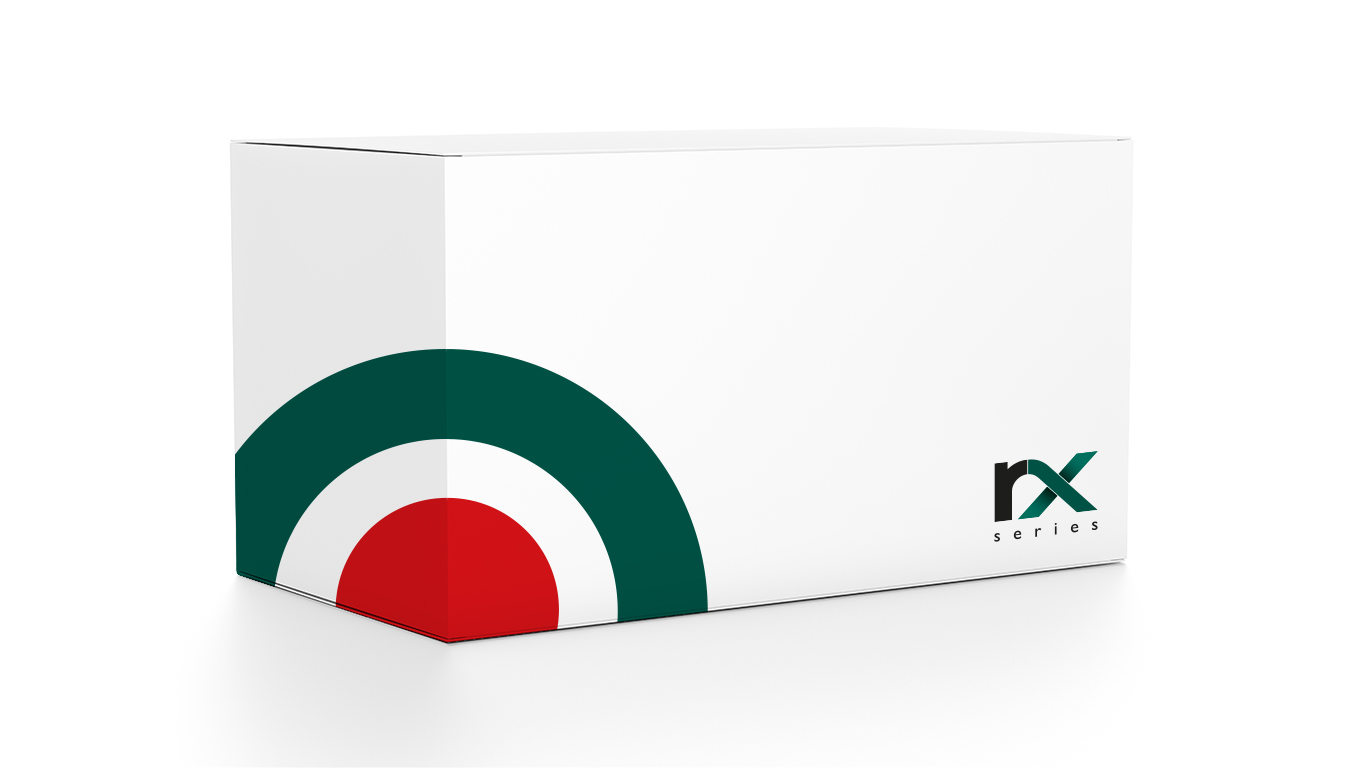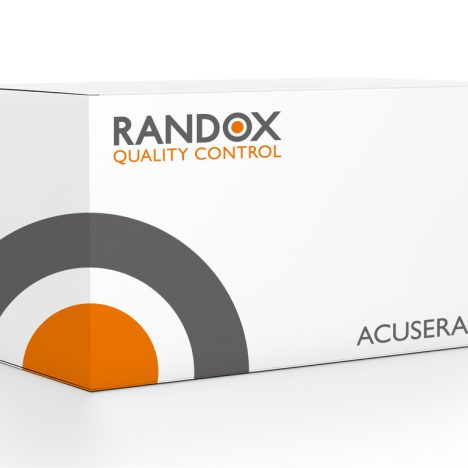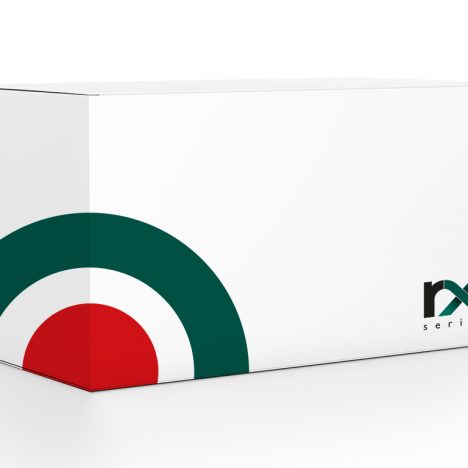Bilirubin (Total) assay
For the quantitative in vitro determination of Bilirubin in serum or plasma. This product is suitable for automated, semi-automated and manual use.
$173.60
In stock
Description
Description
Intended Use
For the quantitative in vitro determination of Bilirubin in serum or plasma. This product is suitable for automated, semi-automated and manual use.
Clinical Significance
Bilirubin is formed by the breakdown of haemoglobin in the spleen, liver and bone marrow. In the liver, bilirubin is conjugated with glucuronic acid to form a soluble compound. This conjugated bilirubin passes down the bile duct and is excreted into the gastrointestinal tract. An unconjugated, albumin bound form is also present in the circulation. It is insoluble and does not normally pass through the kidneys into the urine.
An increase in bilirubin concentration in the serum or tissues is called jaundice. Jaundice occurs in toxic or infectious diseases of the liver, e.g. hepatitis B or obstruction of the bile duct and in rhesus incompatible babies.
Useful information may be obtained by determining which form of bilirubin is elevated.
High levels of conjugated or direct bilirubin indicate that bile is not being properly excreted; therefore, an obstruction may be present in the bile duct or gall bladder. Unconjugated or indirect bilirubin can also be determined by subtracting the direct bilirubin level from the total bilirubin result. High levels of unconjugated bilirubin indicate that too much haemoglobin is being destroyed or that the liver is not actively treating the haemoglobin it is receiving.


